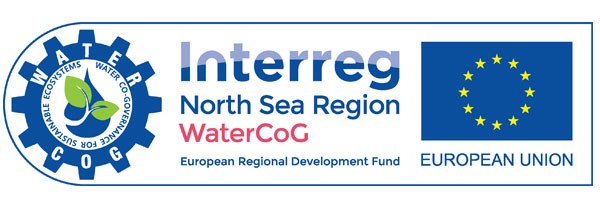
Water quality testing results on the Wharfe make grim reading for recreational river users
08/12/20
Results from a landmark day of citizen science monitoring on the River Wharfe in Yorkshire have shown that none of its popular recreational sites were safe for recreation. Levels of harmful bacteria meant that sites popular for swimming, paddling, and playing would all fail to meet designated bathing water standards.
Part of the iWHARFE Project, The River Wharfe Big Health Check took place on 24th August across 60 sites from the source in Langstrothsdale to the junction with the Ouse at Cawood. Thirty-three of those sites were selected due to their recreational importance. Thanks to the involvement of project partners and dozens of citizen scientists, it was a ground-breaking study on the health of our rivers.
Unfortunately, the results make unpleasant reading for river users. The majority of the sample sites had high levels of Escherichiacoli and intestinal enterococci, faecal bacteria which can cause gastrointestinal diseases. The concentration of the bacteria meant that every site tested would fail to meet public bathing water standards, which are common in coastal sites, but are not currently in place in UK rivers.
The results of the testing showed that the principal source of bacterial pollution was effluent discharges from sewage treatment works (STWs). Although river levels were relatively high, the water sampling took place in dry conditions and when no storm overflows were occurring. The high concentrations in the water downstream from STWs were therefore due to discharges of treated effluent, not from storm overflow spills. In coastal areas where there are designated bathing beaches faecal bacteria from treated effluent is disinfected using ultra-violet radiation. None of the STWs on the Wharfe has UV treatment.
High concentrations of faecal bacteria in the Wharfe downstream of the sewage treatment works in Ilkley at Beanlands Island were expected based on the results from an earlier citizen science study, but high levels in popular upstream spots in Upper Wharfedale such as Linton Falls came as a surprise, suggesting that bacterial pollution is a more widespread problem than initially realised. The treated effluent is discharged continuously and, even on a sunny day when the river looks beautiful, dilution by the river water can be inadequate to reduce concentrations to safe levels, and the river could still be dangerous to swim, paddle, fish or play in.
So what’s next?
The River Wharfe Big Health Check is a step in the right direction for comprehensive water quality monitoring in our rivers. Through our support for the iWHARFE Project and our own Together for Rivers campaign, we are working to have designated bathing water status introduced in UK rivers, so that popular recreational sites are kept to a safe environmental and public health standard.
Support our campaign here.
